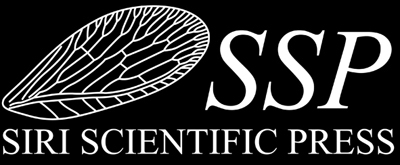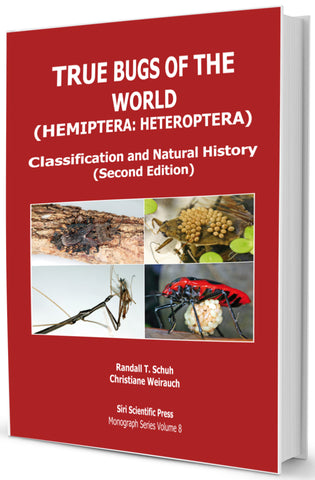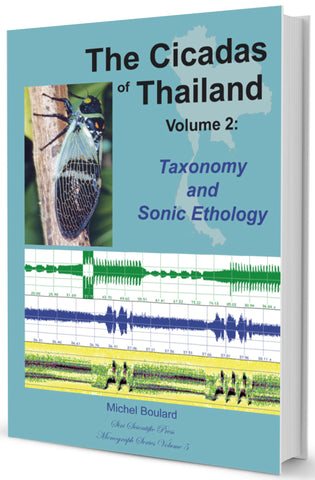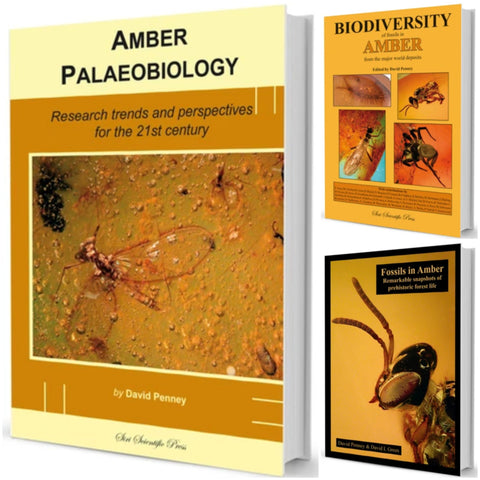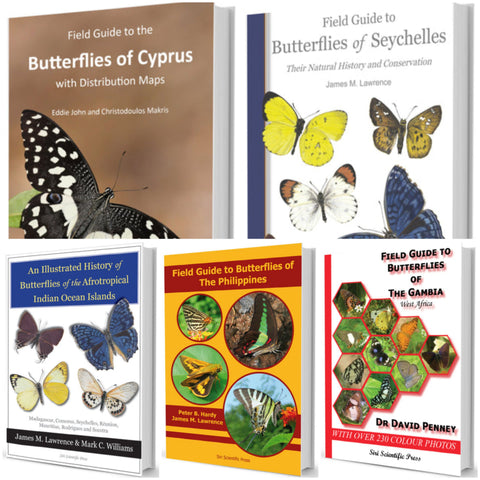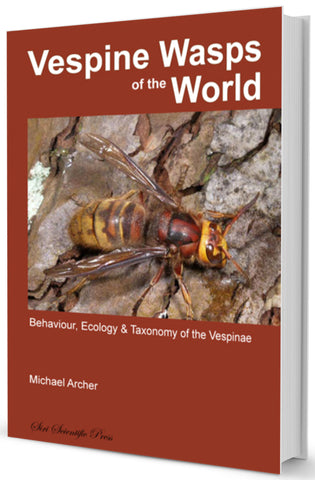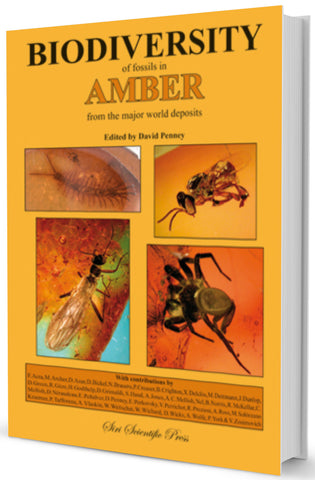
Biodiversity of Fossils in Amber from the Major World Deposits
by David Penney (editor)
Siri Scientific Press (2010) 978-0-9558636-4-6 RRP £85.00
304 pp, 240 x 165 mm, hard cover, full colour throughout
IN STOCK - Ships Within 24 Hours
Reviews
Antenna, 35: This impressive book constitutes a reliable sources of information on the palaeodiversity of amber arthropods, it will beyond doubts become a reference handbook for all amber students and general entomologists. It is a must have for all entomological libraries, recommended to both amateur and professional entomologists alike. The audience of this book is potentially very broad and will include not only palaeontologists and entomologists, but also students and all amber enthusiasts.
From the back cover
The beauty and mysteries of amber have fascinated humankind since its first discovery. Specimens with fossil inclusions inside were particularly revered and still are today, although for very different reasons. Fossils in amber represent a unique insight into subtropical and tropical forest ecosystems of the past. Today, such habitats contain a major proportion of the planet’s biodiversity, although they are disappearing at an alarmingly rapid rate, primarily as a result of human activities such as deforestation. The hot, humid environments of these habitats in conjunction with the vast armies of decomposers and other recyclers limit the potential for fossilization in the traditional sense. Hence, fossils in amber represent an invaluable palaeontological data resource for reconstructing tropical forest palaeoecosystems and also for predicting the consequences of our ongoing biotic crisis. They can also shed light on the broader, past distributions of organisms with restricted distributions today. In addition, because many of the earliest arthropod fossils from many extant (and extinct) families are preserved in amber, they provide important minimum dates for major radiation (and extinction) events, in addition to helping to resolve relationships amongst modern taxa. Fossiliferous resin (including copal) deposits with arthropod inclusions span from Recent times back to the Lowermost Cretaceous, providing a continuous record for the past 135 million years, with new deposits being discovered on a regular basis. Advances in the application of imaging technology, including both photomicroscopy and computed tomography are revolutionizing the way in which we can examine amber inclusions.
In this multi-authored volume each chapter was written by leading world experts on the relevant deposit, following a semi-standardized format including an introduction, information on the geological setting, amber collection, palaeohabitat, the amber tree, age, physical and chemical properties, diversity of inclusions and finally a checklist of the fossils described. The deposits covered include Dominican, Mexican, Bitterfeld, Australian, Baltic, Ukranian, French (Tertiary and Cretaceous), Canadian, New Jersey, Burmese, Spanish and Lebanese ambers as well as a short note on the importance of inclusions in copal. There is also an extensive introductory chapter that covers tissue and DNA preservation, how to distinguish amber from copal and fakes, methods for preparation and study, including photomicroscopy and advanced imaging techniques, ending with a discussion on the conservation and curation of amber collections. The book is fully referenced and richly illustrated throughout in full colour. It is hoped that this book will appeal to a broad range of people including amber enthusiasts, palaeontologists, entomologists, researchers and students.
Contents
Foreword (D. Penney)
Introduction, preparation, study & conservation of amber inclusions (D. Penney)
Dominican amber (D. Penney)
Mexican amber (M. Solorzano Kraemer)
Bitterfeld amber (J. Dunlop)
Australian Cape York amber (S. Hand et al.)
Baltic amber (W. Weitschat & W. Wichard)
Rovno amber (E. Perkovsky et al.)
Oise amber (A. Nel & N. Brasero)
Canadian amber (R. McKellar & A. Wolfe)
Raritan (New Jersey) amber (D. Grimaldi & P. Nascimbene)
Charentese amber (V. Perrichot et al.)
Burmese amber (A. Ross et al.)
Spanish amber (E. Penalver & X. Delclos)
Lebanese amber (D. Azar et al.)
On inclusions in subfossil resins (copal) (D. Penney & R. Preziosi)
We Also Recommend
